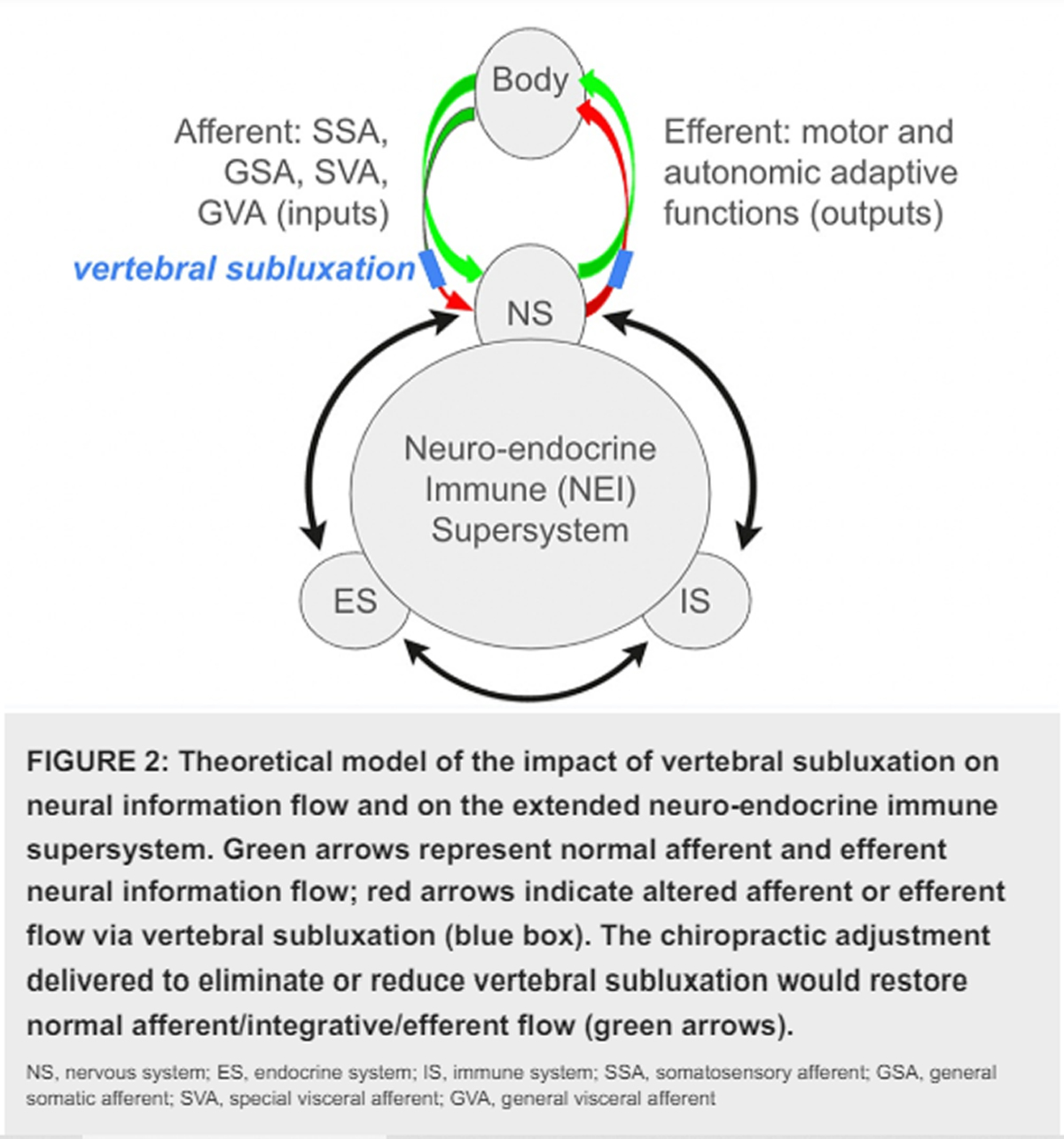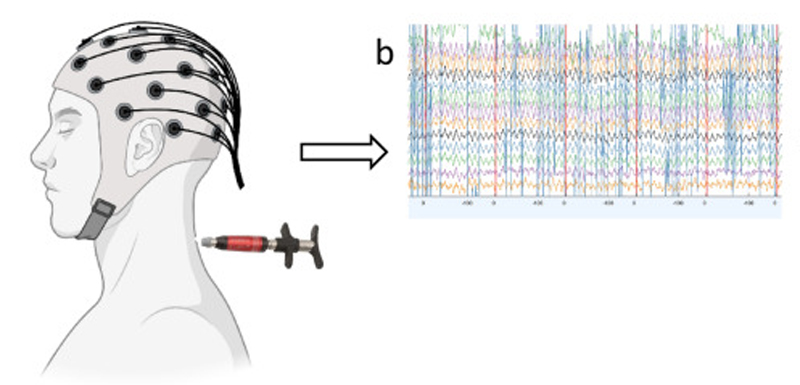Neural Responses to the Mechanical Characteristics of High Velocity, Low Amplitude Spinal Manipulation: Effect of Specific Contact Site
SOURCE: Man Ther. 2015 (Dec); 20 (6): 797–804
William R. Reed, Cynthia R. Long, Gregory N. Kawchuk, and Joel G. Pickar
Palmer Center for Chiropractic Research,
Davenport, IA, USA.
BACKGROUND: Systematic investigations are needed identifying how variability in the biomechanical characteristics of spinal manipulation affects physiological responses. Such knowledge may inform future clinical practice and research study design.
OBJECTIVE: To determine how contact site for high velocity, low amplitude spinal manipulation (HVLA-SM) affects sensory input to the central nervous system.
DESIGN: HVLA-SM was applied to 4 specific anatomic locations using a no-HVLA-SM control at each location randomized in an 8×8 Latin square design in an animal model.
METHODS: Neural activity from muscle spindles in the multifidus and longissimus muscles were recorded from L6 dorsal rootlets in 16 anesthetized cats. A posterior to anterior HVLA-SM was applied through the intact skin overlying the L6 spinous process, lamina, inferior articular process and L7 spinous process. HVLA-SMs were preceded and followed by simulated spinal movement applied to the L6 vertebra. Change in mean instantaneous discharge frequency (ΔMIF) was determined during the thrust and the simulated spinal movement.
RESULTS: All contact sites increased L6 muscle spindle discharge during the thrust. Contact at all L6 sites significantly increased spindle discharge more than at the L7 site when recording at L6. There were no differences between L6 contact sites. For simulated movement, the L6 contact sites but not the L7 contact site significantly decreased L6 spindle responses to a change in vertebral position but not to movement to that position.
There are more articles like this @ our:
CONCLUSIONS: This animal study showed that contact site for an HVLA-SM can have a significant effect on the magnitude of sensory input arising from muscle spindles in the back.
KEYWORDS: Dose; Manual therapy; Muscle spindles; Specificity; Spinal manipulation
From the FULL TEXT Article:
INTRODUCTION
Spinal manipulation is a form of manual therapy used most frequently to treat musculoskeletal complaints (Hawk et al., 2001; Sorensen et al., 2006). It is most readily differentiated from spinal mobilization by use of an applied thrust and there is rationale to think that these two forms of treatment may not be equivalent either clinically (Cleland et al., 2009; Rubinstein et al., 2013; but see Cook et al., 2013) or in their mechanisms of action (Bolton and Budgell, 2006) and therefore should be studied individually. Utilization data indicate most patients who receive spinal manipulation receive a manual procedure relatively high in velocity and low in amplitude (HVLA-SM) (Shekelle et al., 1992; Eisenberg et al., 1998; Christensen et al., 2005). Following preloading of the spinal tissues, the clinician rapidly delivers a thrust to a target vertebra through a short lever arm by manually contacting the skin overlying that vertebra’s lamina, spinous, transverse or mammillary process, with the intent of displacing the vertebra, gapping its facet joints, and creating mechanical, neurological and biological effects (Greenman, 1989; Hooper, 2005; Bergmann, 2005; Cramer et al., 2013; Leach, 2004).
The biomechanical parameters that characterize an HVLA-SM are considered fundamental to its application (Triano, 2000; Bergmann, 2005), yet they can vary greatly. For example in the low back, thrust forces reach a peak ranging from 220 to 889N within 75 to 225ms (Hessell et al., 1990; Conway et al., 1993; Herzog et al., 1993; Triano and Schultz, 1997). Even when an individual clinician delivers similar HVLA-SMs, biomechanical characteristics vary (Cambridge et al., 2012). In addition, an HVLA-SM may not be as targeted to a specific vertebra as intended. By the time a thrust is delivered, the actual contact site may have migrated up to 10mm from the originally intended site (Herzog et al., 2001). How this variability affects the biological and therapeutic outcomes of HVLA-SM has yet to be determined and may be important to both clinical practice and research design.
Read the rest of this Full Text article now!





Leave A Comment